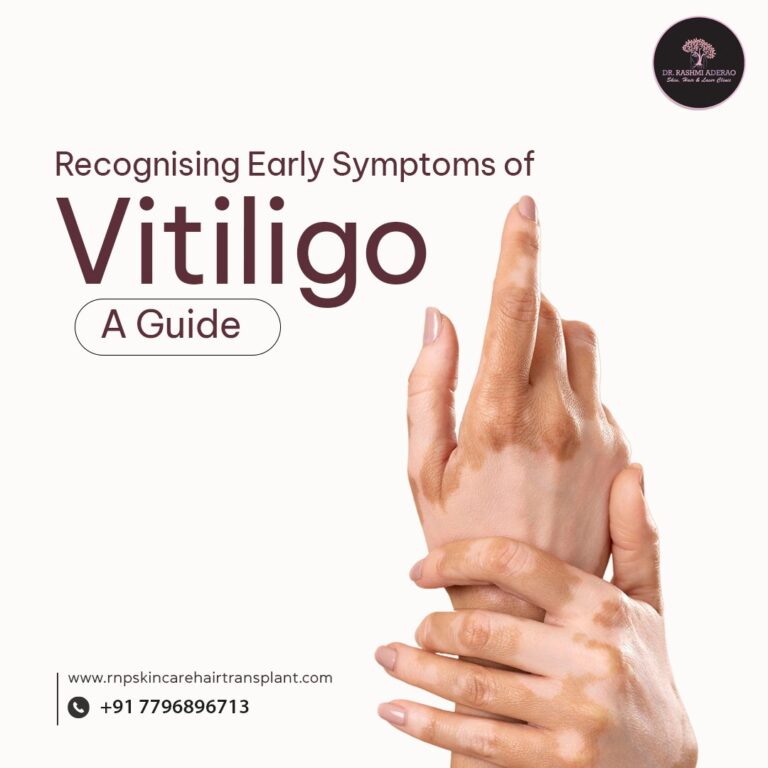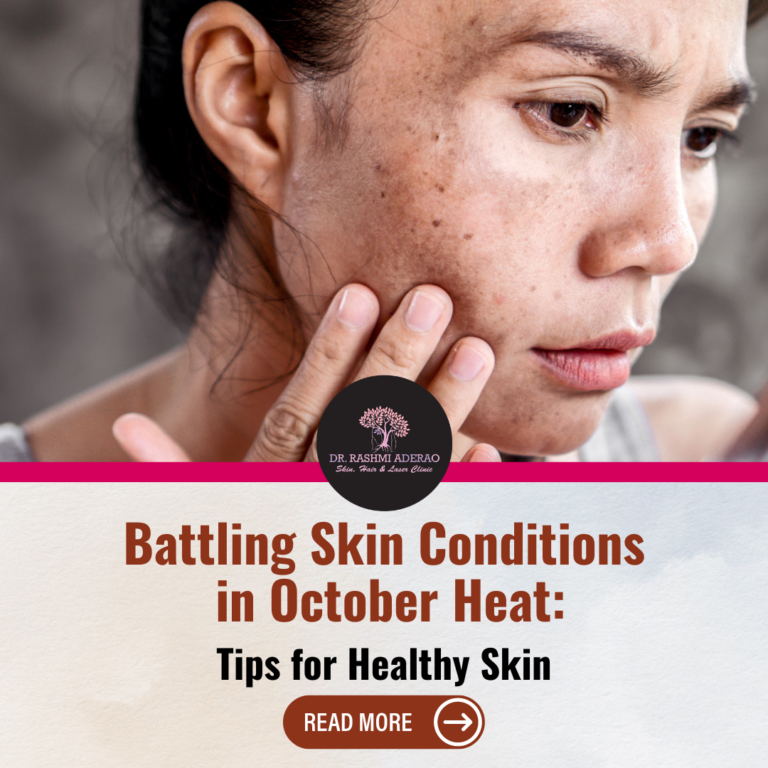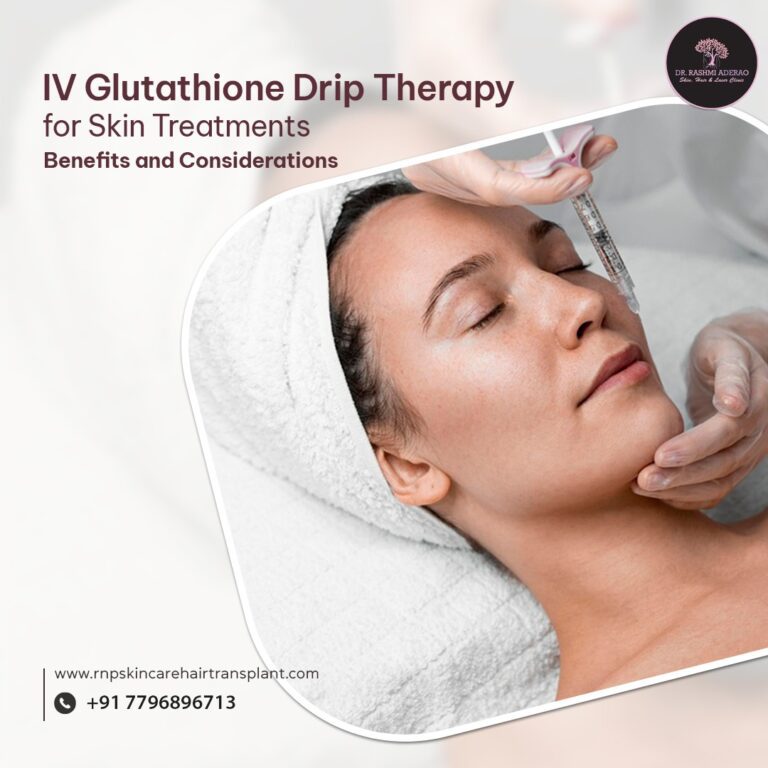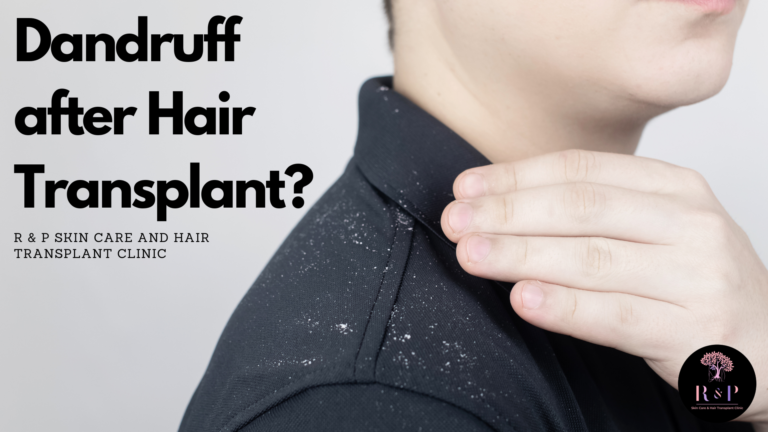Understanding Hair Loss in Females: Causes, Symptoms, and Solutions

Hair loss in females can be a distressing experience, impacting self-esteem and overall quality of life.
While hair loss is often associated with men, women also face significant challenges in this area.
Understanding the causes, recognizing the symptoms, and exploring available treatments can empower
women to take control of their hair health. In this blog, we’ll delve into the most common causes of hair
loss in females, and offer insights into how to address this issue effectively.
1. Hormonal Changes
Hormonal changes are one of the primary causes of hair loss in females. Conditions such as polycystic
ovary syndrome (PCOS) and menopause can disrupt hormone levels, leading to thinning hair. Female
pattern baldness, also known as androgenetic alopecia, is a hereditary condition influenced by hormones
like androgens. This type of hair loss typically presents as diffuse thinning across the scalp.
2. Nutritional Deficiencies
Nutritional deficiencies can significantly impact hair health. Iron deficiency anemia, vitamin D deficiency,
and lack of essential nutrients such as biotin and zinc can contribute to hair thinning. A balanced diet
rich in vitamins and minerals is crucial for maintaining healthy hair. Supplements and dietary
adjustments may be necessary to address specific deficiencies.
3. Stress and Lifestyle Factors
High levels of stress can trigger a condition known as telogen effluvium, where hair enters the shedding
phase prematurely. Stress-related hair loss can be temporary, but prolonged stress can exacerbate the
problem. Adopting stress-management techniques and making positive lifestyle changes can help
mitigate the effects of stress on hair health.
4. Medical Conditions and Medications
Certain medical conditions can lead to hair loss in females. Autoimmune diseases such as alopecia areata
cause the immune system to attack hair follicles, resulting in patchy hair loss. Thyroid disorders, both
hypo- and hyperthyroidism, can also disrupt hair growth. Additionally, medications used for treating
various conditions may have side effects that include hair loss.
5. Hair Care Practices
Poor hair care practices can contribute to hair loss. Frequent use of harsh chemicals, excessive heat
styling, and tight hairstyles can damage hair shafts and follicles. Opting for gentle, sulfate-free shampoos,
minimizing heat exposure, and avoiding tight hairstyles can help prevent hair breakage and promote
healthier hair growth.
6. Genetics
Genetics play a crucial role in determining hair loss patterns. Female pattern baldness can be inherited
from either parent, and genetic predisposition can make some women more susceptible to hair thinning.
Understanding your family history can provide insights into potential hair loss risks and guide
appropriate preventative measures.
Hair loss in females can result from a combination of factors, including hormonal changes, nutritional
deficiencies, stress, medical conditions, and hair care practices. By identifying the underlying causes and
seeking appropriate treatments, women can take proactive steps to address hair loss and restore their
confidence.
If you’re experiencing hair loss, consult a healthcare professional or dermatologist for a comprehensive
evaluation and personalized treatment plan. With the right approach, it’s possible to manage hair loss
effectively and achieve healthier, more resilient hair.
For more information on addressing hair loss and finding the right treatment options, contact us today.
Let’s work together to restore your hair and confidence!







